tissue disruption techniques
Using six types of plant tissues as well as an oospore preparation of Phytophthora capsici we evaluated the use of pressure-cycling technology PCT compared with several common techniques for physical tissue disruption. Mechanical Methods of Cell Disruption.
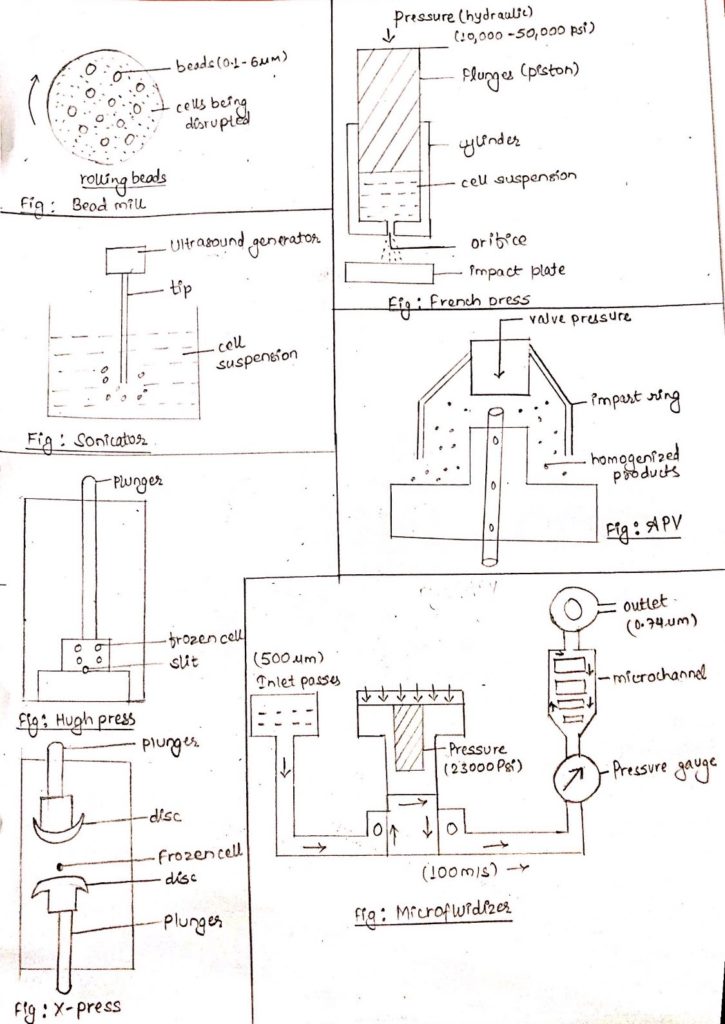
Methods Of Cell Disruption Cell Lysis Methods Online Biology Notes
Harsh cell disruption is suitable for harder tissues including skeletal connective and skin tissue.

. For optimal disruption of the tissue no piece should be larger than half the diameter of the probe. Avoid wasting your precious sample by selecting the best lysing method learn your options and key considerations. Various types of tissue homogenization techniques.
Another method of disruption is called cell unroofing. Echemi provides a lot of different insights into tissue disruption techniques. The use of PCT did not.
Choosing the Right Tissue Disruption Technique. MyoFascial Disruption Technique MFDT MyoFascial Disruption Technique MFDT is a hands-on approach to treating soft tissue injuries. When cells are frozen the water inside the cells.
Add the βMERLT buffer and mince the tissue using 2 razor blades. With all tissues tested bead-beating provided excellent yields of amplifiable nucleic acid with a few inconsistent exceptions. From complete isolation kits that simplify your workflows to individual reagents we make it easy to get high-quality DNA and RNA from even difficult-to-lyse samples.
However LCM is a time-consuming two. It is a physical method for rupturing the mammalian and plant cells by shear force. Non-Mechanical Methods of Cell Disruption.
Avoid wasting your precious sample by selecting the best lysing method learn your options and key considerations. Ice crystals that formed during the freezing process contract as the sample thaws which ruptures the cells membrane. For the first sample pour the tissue into a small weigh boat.
Following digestion the RNA is purified using a streamlined process based on Ambions MagMAX. Mortar and Pestle- A conventional and convenient way. Significance of Cell Disruption.
In this method the tissue is cut into small pieces and blended with buffer for about 1 minute to disrupt the cell. Free access to latest tissue disruption techniques news. Up to 10 mg of tissue can be digested at room temperature using a novel formulation that includes a potent RNase inhibitor and a cocktail of powerful catabolic enzymes.
The process is usually carried out in a typical domestic kitchen blender. Pour the minced sample into a tube containing the remaining βMERLT buffer. A common laboratory-scale mechanical method for cell disruption uses glass ceramic or steel beads 01 to 2 mm in diameter mixed with a sample suspended in aqueous media.
This method is effective for virtually all tissue types including seeds. This chapter covers the various methods of mechanical cell disruption and tissue homogenization that are currently commercially available for processing minute samples mechanical methods of lysing do not introduce chemicals or enzymes to the system. Mortar.
A tissue suspension is first frozen and then thawed at room temperature. The MELT System is a hands-free technology for the rapid digestion of fresh or frozen tissue Figure 1. Freeze-thaw lysis is pretty much as it sounds using liquid nitrogen or a freezer to freeze the cells and then allow them to thaw.
From complete isolation kits that simplify your workflows to individual reagents we make it easy to get high-quality DNA and RNA from even difficult-to-lyse samples. Gentle disruption consists of freeze-thaw lysis enzymatic lysis detergent lysis and osmotic lysis. Fascia - a sheet or band of fibrous connective tissue enveloping separating or binding together muscles organs and.
Gentle Cell Disruption Techniques. Pipet off excess RNAlater. Other techniques Heat Osmosis Lyophilization Autoclave.
MFDT recognizes that most if not all soft tissue injuries are a result of a separation or a disruption of the fascia. 1 Freeze-Thawing Frequently employed to disrupt bacterial and mammalian cells freeze-thawing is nearly as simple as it sounds. It uses a hand-held device such as a tissue homogenizer or tissue grinder and is useful for non.
This page discusses various methods. The different methods available for disruption of cells are as follows. First developed by Tim Hopkins in the late 1970s the sample and bead mix is subjected to high level.
Laser capture microdissection LCM is a technique which enables the selection of specific cells of a tissue for further analysis of their molecules. Several good techniques are here. The use of Mortar and Pestle to grind tissues for nucleic acid extraction is a conventional traditional affordable and cheap option.
Mechanical homogenization rapidly disrupts cells and tissues by applying a direct force to a sample in solution to a state of uniform distribution. It is centrifuged to. Choosing the Right Tissue Disruption Technique.
Cell Disruption Technique Bioscience Notes
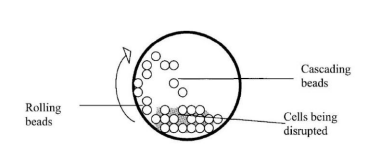
Cell Disruption Definition Methods Application
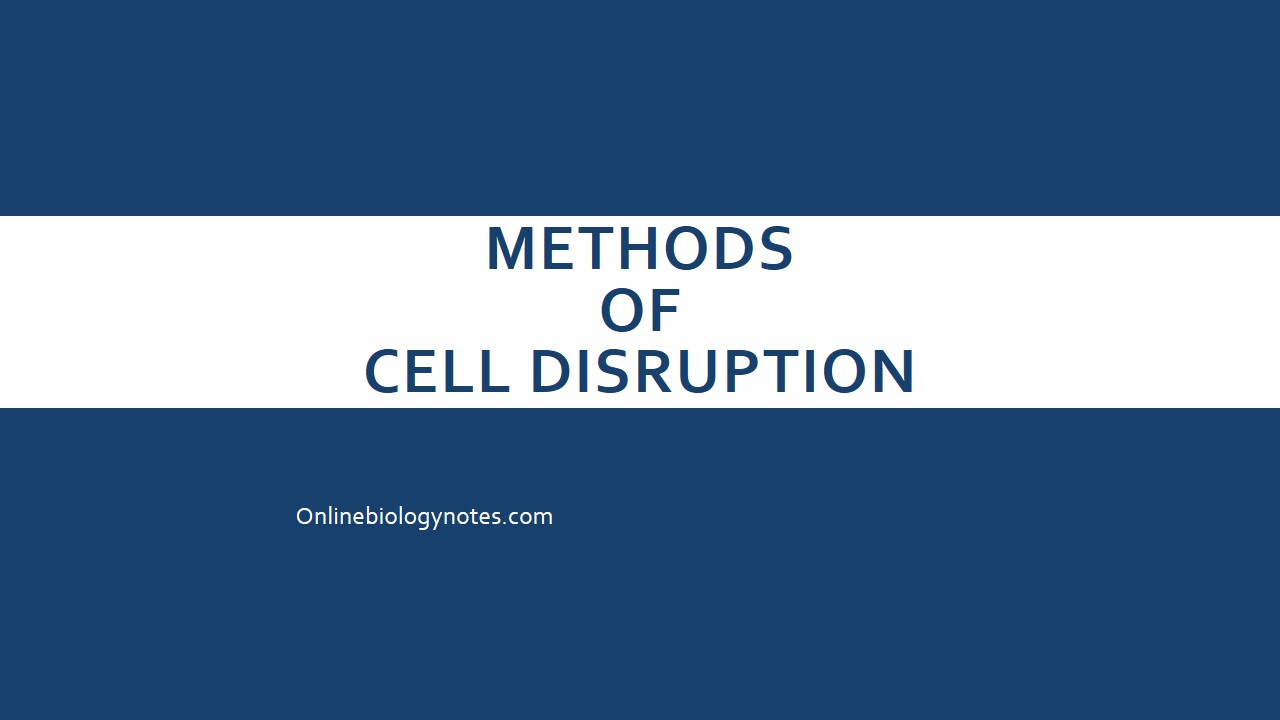
Methods Of Cell Disruption Cell Lysis Methods Online Biology Notes
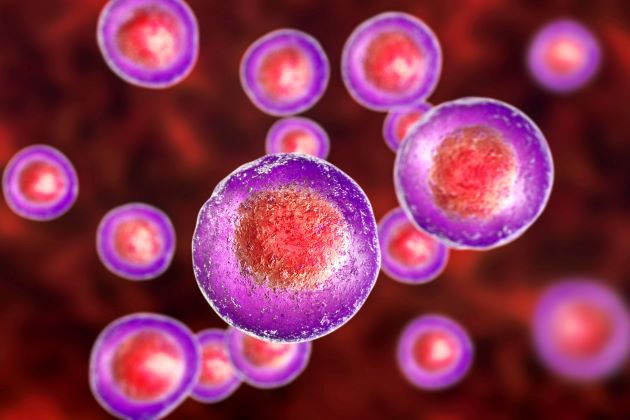
What Is Cell Disruption And What Are The Methods
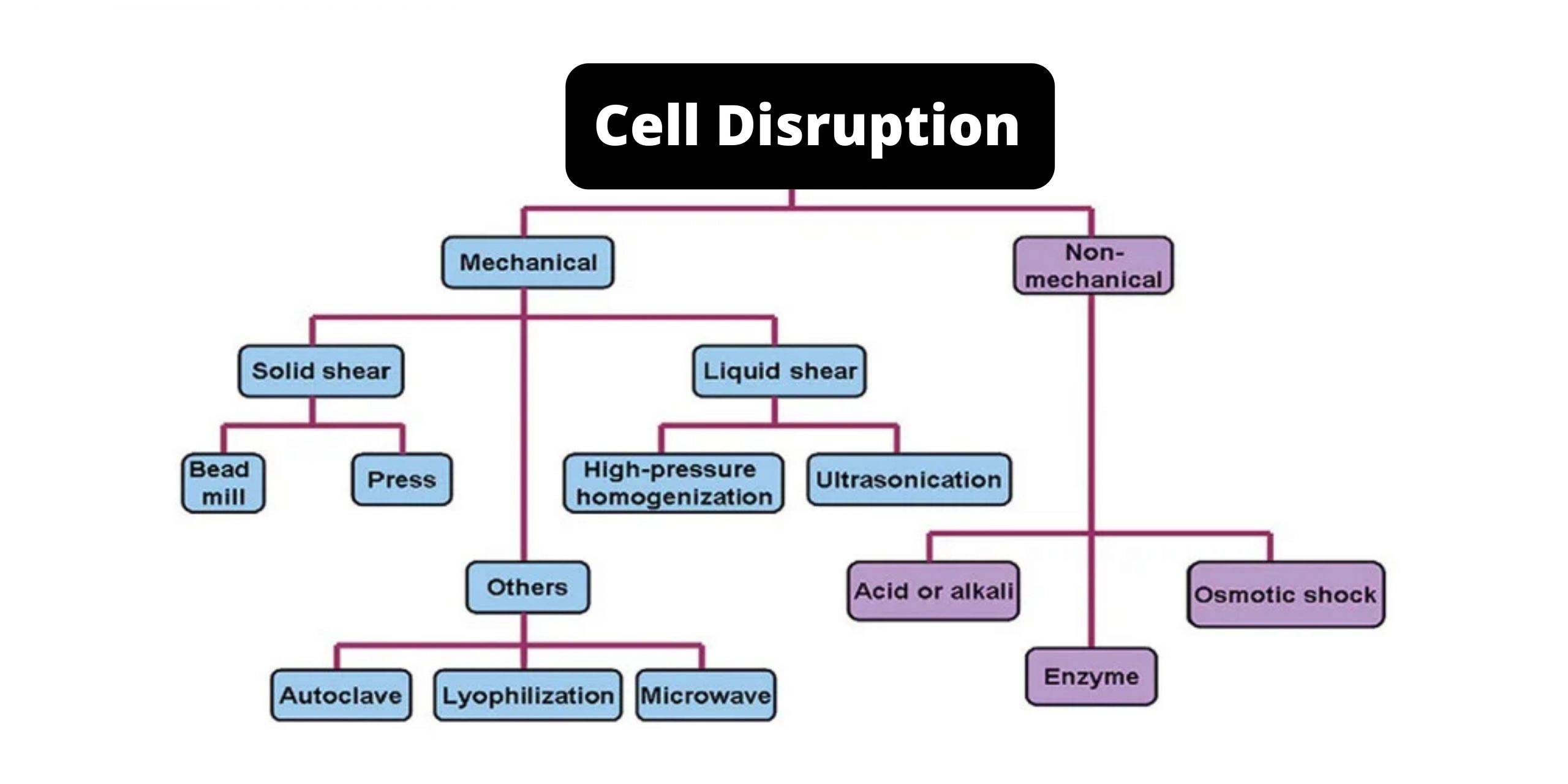
Cell Disruption Definition Methods Application
Microalgae Cell Disruption Methods Encyclopedia Mdpi

Bead Beating An Overview Sciencedirect Topics
Cell Disruption Technique Bioscience Notes
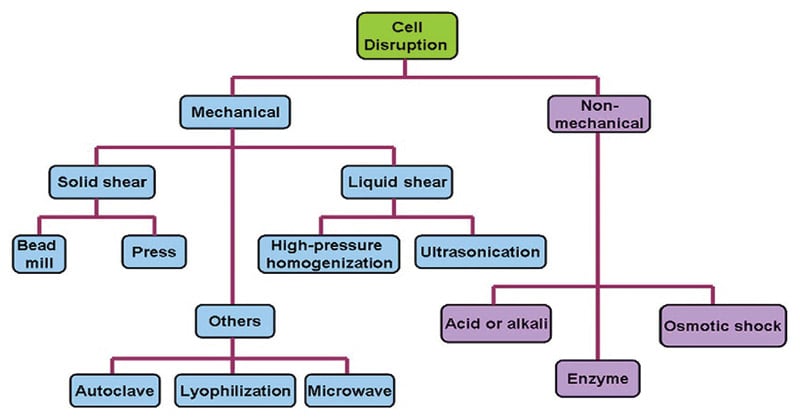
Cell Disruption Definition Methods Types Significance

Traditional Methods Of Cell Lysis Thermo Fisher Scientific De

Cell Disruption An Overview Sciencedirect Topics
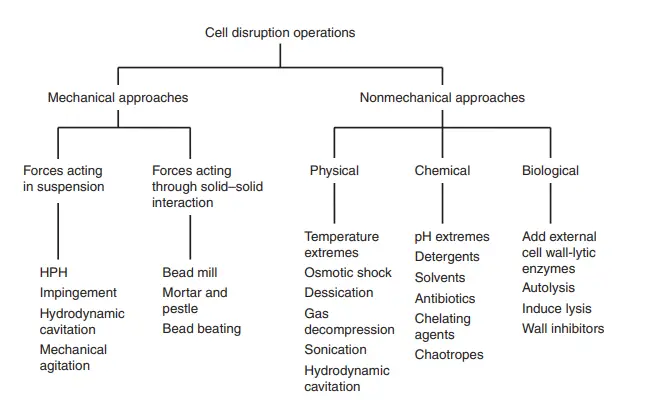
Cell Disruption Definition Methods Application

Mild Cell Disruption Methods For Bio Functional Proteins Recovery From Microalgae Recent Developments And Future Perspectives Sciencedirect

Cell Disruption An Overview Sciencedirect Topics

Cell Disruption An Overview Sciencedirect Topics

Difference Between Sonication And Homogenization Compare The Difference Between Similar Terms

Biology Free Full Text Microwave Assisted Extraction For Microalgae From Biofuels To Biorefinery Html

Cell Disruption Definition Methods Application

Traditional Methods Of Cell Lysis Thermo Fisher Scientific De





0 Response to "tissue disruption techniques"
Post a Comment